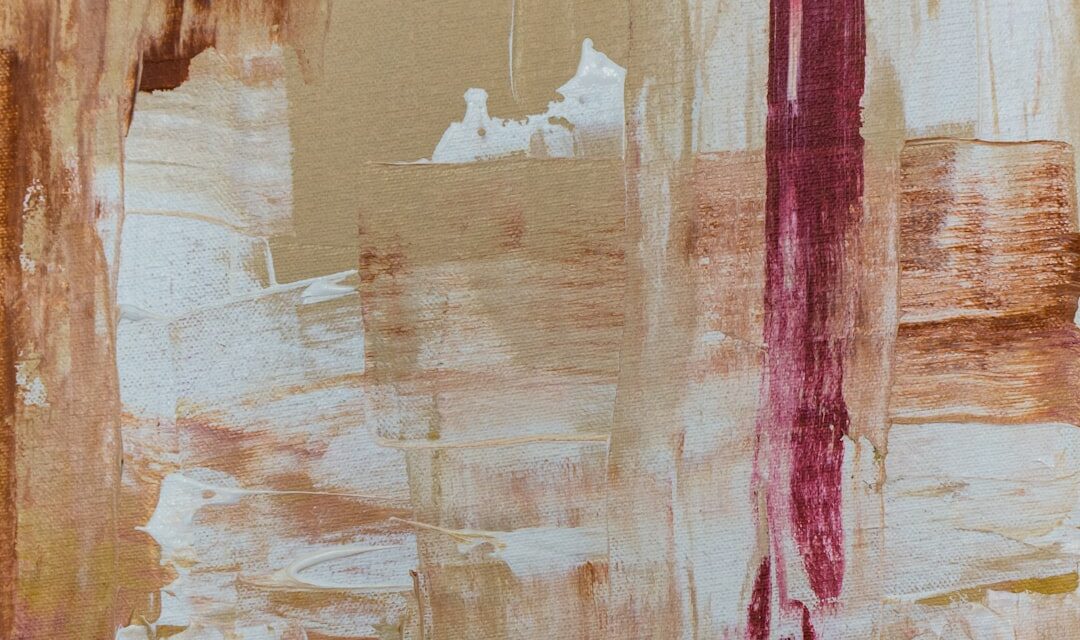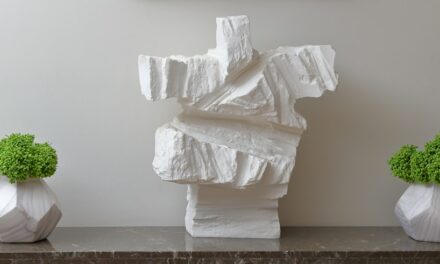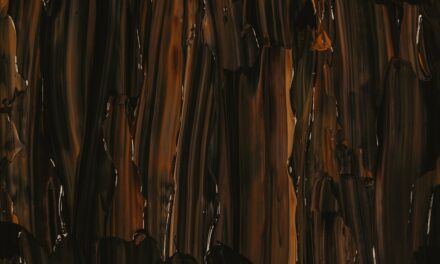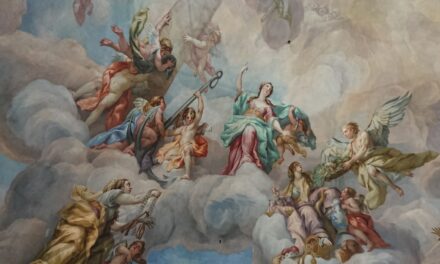Multidimensional art is an innovative and dynamic form of artistic expression that transcends traditional two-dimensional boundaries. It encompasses a variety of mediums and techniques, allowing artists to create works that engage viewers on multiple sensory levels. This genre often combines elements of sculpture, painting, installation, and even performance art, resulting in pieces that invite interaction and provoke thought.
The essence of multidimensional art lies in its ability to create immersive experiences, where the observer is not merely a passive viewer but an active participant in the artwork. The term “multidimensional” itself suggests a complexity that goes beyond mere visual representation. It implies depth, both literally and metaphorically.
Artists working in this realm often explore themes of space, perception, and the relationship between the viewer and the artwork. By incorporating various dimensions—be it physical, emotional, or conceptual—multidimensional art challenges conventional notions of what art can be. This genre encourages a dialogue between the artwork and its audience, fostering a deeper understanding of the human experience.
Summary
- Multidimensional art refers to artwork that has depth, volume, and multiple perspectives, creating a sense of dimensionality.
- Multidimensional art has a rich history dating back to ancient civilizations, with examples found in various cultures and periods.
- Techniques and materials used in multidimensional art include sculpture, installation art, mixed media, and various innovative materials such as glass, metal, and found objects.
- Multidimensional art has had a significant impact on the art world, challenging traditional notions of art and expanding the possibilities of artistic expression.
- Famous artists known for multidimensional art include Marcel Duchamp, Louise Nevelson, and Anish Kapoor, who have pushed the boundaries of traditional art forms.
The History of Multidimensional Art
Breaking Free from Traditional Constraints
This shift in perspective laid the groundwork for future explorations into multidimensionality. As the decades progressed, artists continued to push the boundaries of dimensionality. The 1960s saw the emergence of installation art, where entire environments were created to envelop the viewer.
Manipulating Space and Perception
Artists like Claes Oldenburg and Robert Smithson began to manipulate space itself, inviting audiences to navigate through their works. The introduction of new materials and technologies further expanded the possibilities for multidimensional art. By the late 20th century, artists were increasingly incorporating elements such as light, sound, and movement into their creations, resulting in a rich tapestry of sensory experiences.
A New Era of Multidimensional Art
The incorporation of these new elements marked a significant turning point in the evolution of multidimensional art. As technology continues to advance, it will be exciting to see how artists choose to utilise these developments to further push the boundaries of their craft.
Techniques and Materials Used in Multidimensional Art
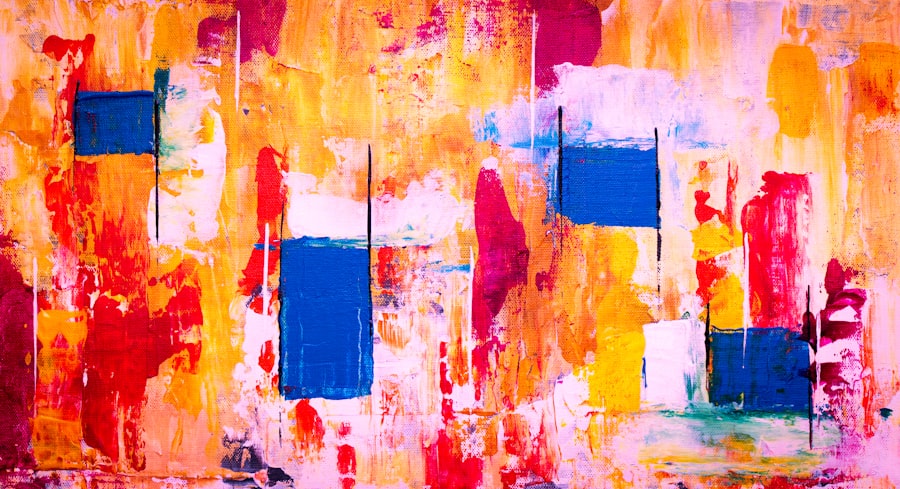
The techniques employed in multidimensional art are as varied as the artists themselves. One common approach is the use of layering, where different materials are stacked or combined to create depth. This can involve anything from traditional canvas and paint to more unconventional materials like fabric, metal, or found objects.
The layering technique not only adds physical depth but also invites viewers to explore the relationships between different elements within the artwork. In addition to layering, artists often utilise mixed media to enhance their multidimensional creations. This technique allows for the integration of various artistic disciplines, such as painting, sculpture, and digital art.
For example, an artist might combine painted surfaces with three-dimensional objects or digital projections to create a cohesive yet complex piece. The use of technology has also introduced new materials into the realm of multidimensional art. Artists are increasingly experimenting with 3D printing, augmented reality (AR), and virtual reality (VR) to create immersive experiences that challenge traditional perceptions of space and form.
The Impact of Multidimensional Art on the Art World
The emergence of multidimensional art has significantly influenced contemporary artistic practices and the broader art world. By challenging established norms and encouraging experimentation, this genre has opened up new avenues for artistic expression. Galleries and museums have begun to adapt their spaces to accommodate these innovative works, often creating interactive installations that engage audiences in unprecedented ways.
This shift has not only transformed how art is displayed but also how it is experienced. Moreover, multidimensional art has fostered a greater sense of community among artists and audiences alike. The interactive nature of many multidimensional works encourages collaboration and dialogue, breaking down barriers between creators and viewers.
This communal aspect has led to the rise of art collectives and collaborative projects that further explore the potential of multidimensionality. As a result, multidimensional art has become a catalyst for social engagement, prompting discussions around identity, culture, and the human experience.
Famous Artists Known for Multidimensional Art
Several artists have made significant contributions to the field of multidimensional art, each bringing their unique vision and approach to the genre. One notable figure is Anish Kapoor, whose large-scale installations often manipulate space and light to create immersive environments. His work “Cloud Gate,” located in Chicago’s Millennium Park, exemplifies how reflective surfaces can alter perceptions of both the artwork and its surroundings.
Another prominent artist is Olafur Eliasson, known for his innovative use of natural elements such as light and water in his installations. His piece “The Weather Project,” displayed at Tate Modern in London, transformed the museum’s Turbine Hall into a captivating environment that evoked a sense of wonder and introspection among visitors. Eliasson’s work exemplifies how multidimensional art can engage audiences on both emotional and intellectual levels.
How to Create Your Own Multidimensional Art

Creating your own multidimensional art can be an exciting journey that encourages experimentation and self-expression. To begin, consider what themes or concepts resonate with you personally. This could involve exploring your relationship with space, memory, or even societal issues.
Once you have identified a theme, think about how you can represent it through various dimensions—both physically and conceptually. Gathering materials is a crucial step in the creative process. Look for items that inspire you or that you feel could contribute to your vision.
This might include traditional art supplies like paint and canvas or more unconventional materials such as recycled objects or digital media. As you start to assemble your piece, experiment with layering techniques and mixed media approaches. Don’t be afraid to take risks; multidimensional art thrives on innovation and exploration.
The Role of Technology in Multidimensional Art
Technology plays an increasingly vital role in the evolution of multidimensional art. The advent of digital tools has expanded the possibilities for artists to create immersive experiences that were previously unimaginable. For instance, augmented reality applications allow artists to overlay digital elements onto physical spaces, creating interactive environments that engage viewers in real-time.
This fusion of digital and physical realms challenges traditional notions of authorship and interaction within art. Furthermore, advancements in 3D printing technology have revolutionised how artists approach sculpture and installation work. Artists can now produce intricate forms with precision that would be difficult or impossible to achieve by hand.
This technology not only enhances creativity but also allows for greater accessibility in terms of material experimentation. As artists continue to embrace these technological innovations, multidimensional art will likely evolve into even more complex and engaging forms.
The Future of Multidimensional Art
The future of multidimensional art appears promising as artists continue to explore new frontiers in creativity and expression. As society becomes increasingly interconnected through technology, we can expect to see more collaborative projects that transcend geographical boundaries. Artists from diverse backgrounds will likely come together to create works that reflect a global perspective on shared human experiences.
Moreover, as environmental concerns become more pressing, there may be a shift towards sustainable practices within multidimensional art. Artists might increasingly utilise eco-friendly materials or focus on themes related to nature and conservation in their work. This evolution could lead to a new wave of multidimensional art that not only captivates audiences but also raises awareness about critical issues facing our planet.
In conclusion, multidimensional art represents a vibrant and evolving field that challenges traditional artistic conventions while inviting deeper engagement from its audience. As artists continue to innovate and experiment with new techniques and technologies, this genre will undoubtedly play a significant role in shaping the future landscape of contemporary art.
For those intrigued by the complexities of Multidimensional art, exploring other innovative art movements can provide further insight and inspiration. A recommended read is An Introduction to Transavantgarde Art, which delves into a movement that, like Multidimensional art, breaks traditional boundaries and encourages a synthesis of various artistic styles. This article offers a comprehensive overview of the origins and key characteristics of Transavantgarde art, making it a valuable resource for anyone interested in the evolution of modern artistic expressions.
